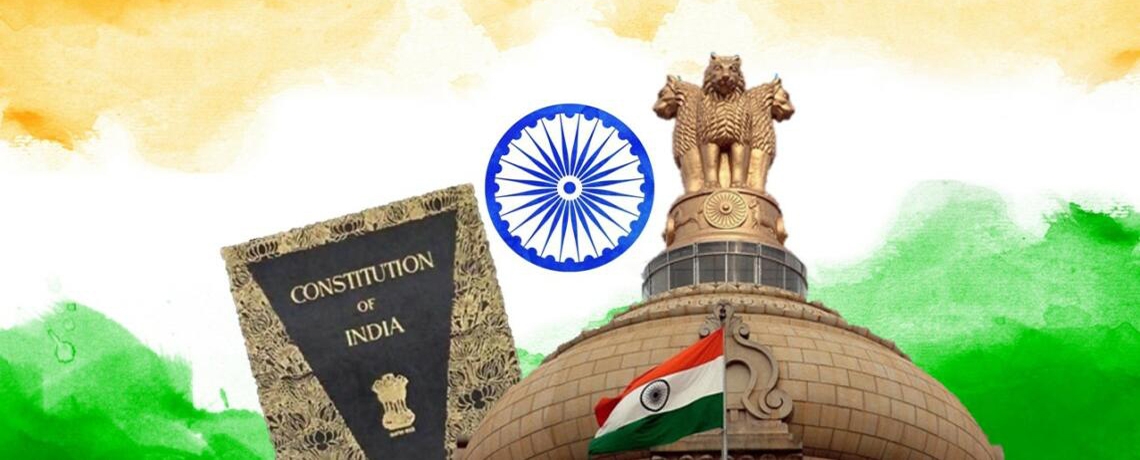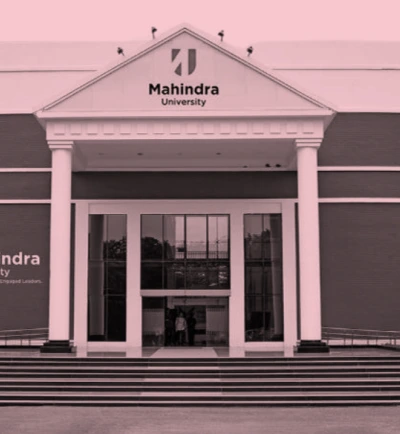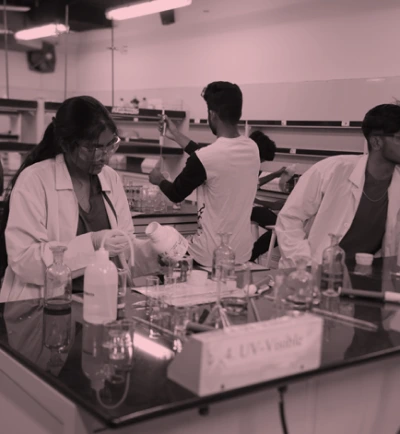All about the Indian Constitution

The Indian Constitution is known as the lengthiest constitution in the world, with 448 articles in 25 parts and 12 schedules. In 1934, Mr. M.N Roy, an Indian pioneer of the communist movement, sowed the seed for forming the constituent assembly. The assembly was followed by the Indian National Congress, which took the lead in drafting the constitution in 1935. The supreme law of India was drafted from 1946 to 1950 and was brought into effect on January 26 1950, which is also celebrated as Republic Day of India. It took the constituent assembly two years, 11 months, and 17 days to complete the draft of the constitution. The drafting committee’s chairman, also considered to be the architect of the Indian Constitution, was Dr. B.R Ambedkar.
The constitution of India is the ultimate law of India. It is a set of written procedures, laws and precedents of the country’s government. It frames the government’s fundamental political principles, rights, powers, duties, procedures, and practices. It provides constitutional and not parliamentary supremacy as the constituent assembly drafted it, and the parliament cannot override it.
The constitution of India provides its citizens with six fundamental rights: Right to Freedom, Right to Equality, Cultural and Educational Rights, Right against Exploitation, Right to Privacy, Right to Constitutional Remedies.
What is the preamble to the Constitution of India?
The preamble is a brief statement that records the hope and ambitions of the country’s people. The preamble to the constitution of India reads:
“We, the people of India, having solemnly resolved to constitute India into a sovereign, socialist, secular, democratic republic, and to secure to all its citizens:
Justice, social, economic and political; liberty of thought, expression, belief, faith and worship; equality of status and opportunity, and to promote among them all – fraternity assuring the dignity of the individual and the unity and integrity of the Nation;
In our Constituent Assembly this twenty-sixth day of November 1949, we hereby adopt, enact and give this constitution to ourselves.”
How was the constitution brought into force?
A drafting committee with Dr. B.R Ambedkar as the chairman was constituted on August 29, 1947, and completed on November 26, 1949, also celebrated as Constitution Day. The entire process got completed when the members signed the document in English and Hindi on January 24 1950.
Some of the ideas for the constitution were taken from other countries. The parliamentary form of government and single citizenship was inspired by the British constitution. The idea of fundamental rights and the federal government structure was taken from the U.S constitution. The division of power between the state and the central government was taken from the Canadian constitution. The aspect of liberty, equality and fraternity was taken from the French constitution And the idea of fundamental duties and planning commission was taken from the Soviet Union
What is the need for a constitution?
A set of rules governs the lives of individuals of a country. Schools, games and workplaces have them. So the society is also required to have certain rules which would make people live securely. These are known as laws made by our parliament.
The quote by B.R Ambedkar throws light on the constitution in its true sense. “The Constitution can provide only the organs of State such as the Legislature, the Executive and the Judiciary. The factors on which the working of those organs of the State depend are the people and the political parties they will set up as their instruments to carry out their wishes and their politics.”

![Management_&_Business_Administration_is_Tremendously_High[1] Management_&_Business_Administration_is_Tremendously_High[1]](https://beta.mahindrauniversity.edu.in/wp-content/uploads/2023/04/Management__Business_Administration_is_Tremendously_High1.jpg)

![whyistraining&placementcellimportant[1] whyistraining&placementcellimportant[1]](https://beta.mahindrauniversity.edu.in/wp-content/uploads/2023/04/why20is20training2020placement20cell20important1.png)
![TheDifferencesbetweenRights&Duties[1] TheDifferencesbetweenRights&Duties[1]](https://beta.mahindrauniversity.edu.in/wp-content/uploads/2023/04/The20Differences20between20Rights2020Duties1.png)








